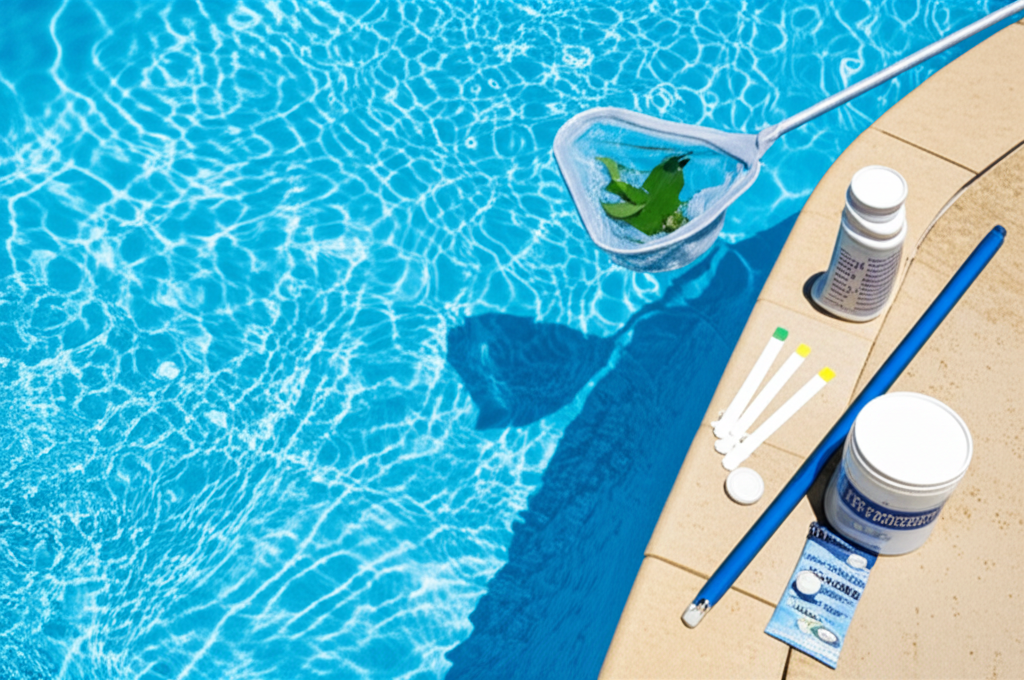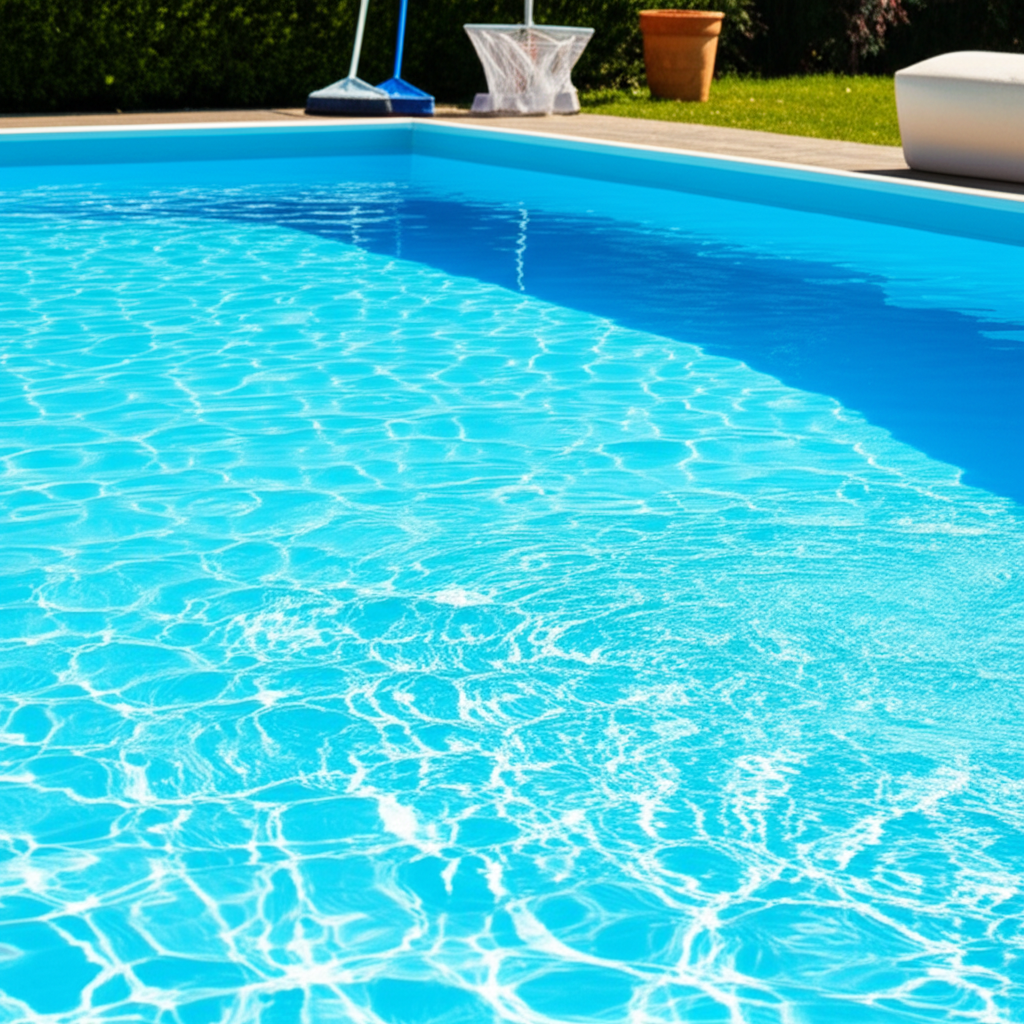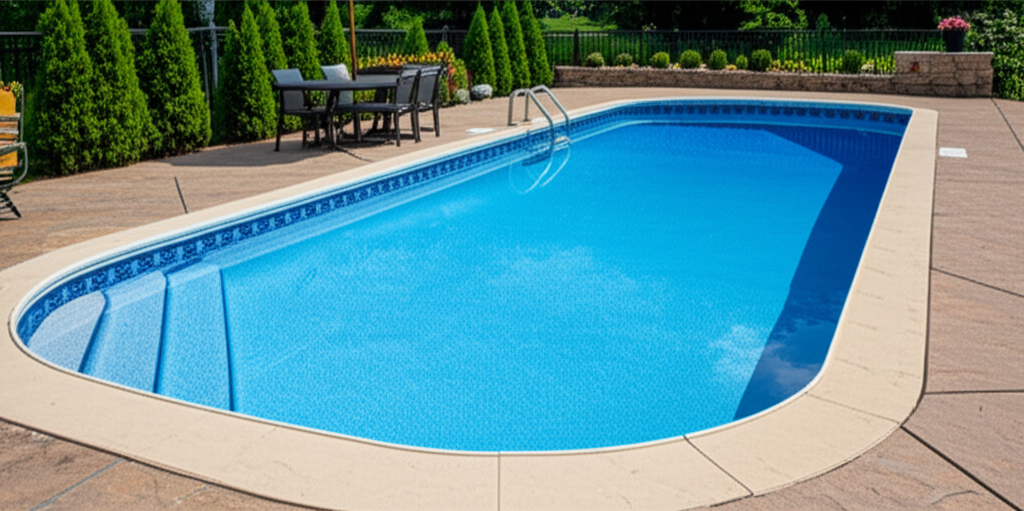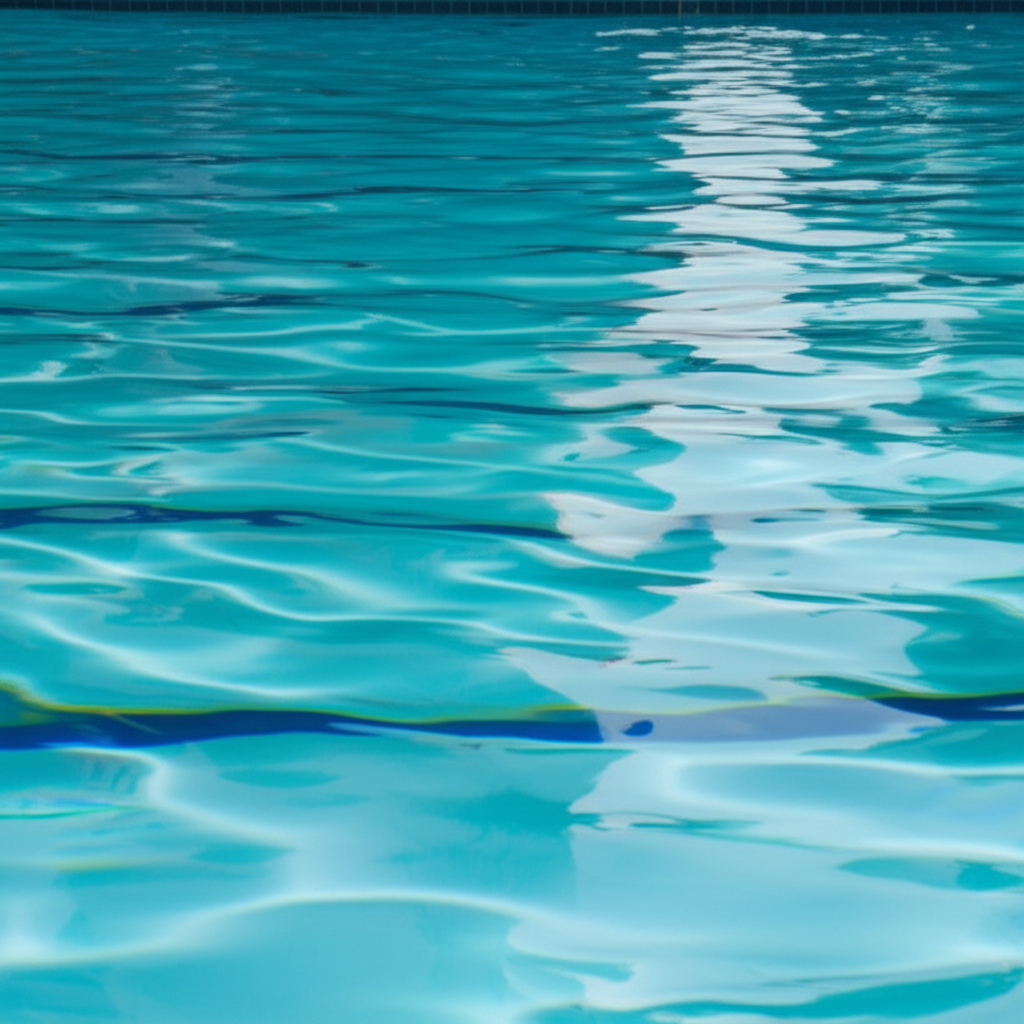- Why Weekly Pool Care is Non-Negotiable
- Your Essential Weekly Pool Maintenance Checklist
- Skimming and Brushing: The First Line of Defense
- Checking and Balancing Water Chemistry
- Emptying Skimmer and Pump Baskets
- Monitoring Water Level
- Inspecting Equipment for Optimal Basic Pool Maintenance
- Shocking (When Necessary)
- Tools for Simple Weekly Pool Care
- Troubleshooting Common Weekly Pool Maintenance Issues
Basic Pool Maintenance is the cornerstone of a sparkling, inviting swimming pool. Far from being a daunting chore, establishing a simple weekly routine can ensure your aquatic haven remains pristine and healthy throughout the swimming season. By dedicating a little time each week, you can prevent bigger problems, extend the life of your equipment, and significantly enhance your swimming experience. This guide will walk you through the essential steps for effortless weekly pool care.
Why Weekly Pool Care is Non-Negotiable

Consistent weekly pool care isn’t just about aesthetics; it’s crucial for several reasons. Firstly, proper chemical balance ensures the water is safe and comfortable for swimmers, protecting against skin and eye irritation, and preventing the spread of bacteria and algae. Secondly, regular cleaning removes debris that can clog filters and pumps, reducing their efficiency and lifespan. Finally, proactive maintenance prevents costly repairs down the line, saving you time and money.
Your Essential Weekly Pool Maintenance Checklist
Here’s a breakdown of the fundamental tasks you should perform every week to keep your pool in top condition.
Skimming and Brushing: The First Line of Defense
One of the easiest and most effective steps in basic pool maintenance is physically removing debris.
Skim: Use a leaf net attached to a telescoping pole to skim the surface of your pool daily or at least several times a week. This removes leaves, insects, and other floating debris before they sink and decompose, impacting water chemistry.
Brush: Once a week, brush the walls, steps, and floor of your pool. This dislodges dirt, grime, and budding algae, allowing your filtration system to capture it. Pay extra attention to corners and crevices where stagnant water and algae are more likely to thrive.
Checking and Balancing Water Chemistry
This is arguably the most critical component of weekly pool care. Balanced water is safe, clear, and won’t damage your pool’s surfaces or equipment.
Test the Water: Using a reliable test kit or strips, check your water’s pH, alkalinity, and sanitizer (chlorine or bromine) levels. Perform this test at least once a week, and more frequently during heavy use or after a significant weather event.
Adjust pH: The ideal pH range is 7.4 to 7.6. If your pH is too high, add a pH reducer (acid). If it’s too low, add a pH increaser (base).
Adjust Alkalinity: Total alkalinity supports stable pH and should be between 80 and 120 ppm (parts per million). Use an alkalinity increaser to raise it or a multi-purpose product to lower it if needed.
Sanitize: Ensure your chlorine or bromine levels are within the recommended range (typically 1-3 ppm for chlorine). Add more sanitizer as needed. Consider adding a chlorine stabilizer (cyanuric acid) if levels are low and you’re using unstabilized chlorine, but be careful not to overdo it, as high levels can reduce chlorine effectiveness.
Emptying Skimmer and Pump Baskets
These baskets are designed to catch larger debris before it reaches your filter or pump impeller.
Skimmer Baskets: Check and empty your skimmer baskets every few days or daily if there’s heavy debris. Clogged baskets restrict water flow, making your pump work harder.
Pump Basket: Shut off your pool pump before emptying the pump basket. This basket usually holds more debris and should be checked weekly. A clean pump basket ensures maximum water flow and prevents strain on your pump’s motor.
Monitoring Water Level
Your pool’s water level is important for proper circulation and skimming.
Maintain Level: The water level should ideally be about halfway up your skimmer opening. This allows the skimmer to effectively pull in surface water and debris.
Add Water: If the level drops due to evaporation or splash-out, use a garden hose to refill it. Do this slowly to avoid significant temperature changes that might shock your water chemistry.
Inspecting Equipment for Optimal Basic Pool Maintenance
Make a quick visual and auditory check of your pool equipment.
Listen to your Pump: It should run smoothly without any unusual grinding or whirring noises.
Check for Leaks: Look for any drips or puddles around the pump, filter, and heater.
Gauge Readings: Note the pressure gauge on your filter. A rise in pressure indicates your filter needs cleaning (backwashing for sand/DE filters, or rinsing for cartridge filters).
Pool Cleaner: If you have an automatic cleaner, ensure it’s moving freely and effectively.
Shocking (When Necessary)
While not always a weekly task, shocking is an integral part of weekly pool care, especially during hot weather, heavy bather loads, or after rain.
What is Shocking? It involves adding a high dose of chlorine (or non-chlorine shock) to oxidize contaminants like bacteria, algae, and chloramines (combined chlorine that causes a strong chlorine smell and irritation).
When to Shock: Consider shocking weekly or bi-weekly, or whenever your pool water appears cloudy, has an algae bloom, or you notice a strong chlorine odor. Always follow the manufacturer’s instructions for dosage and application.
Tools for Simple Weekly Pool Care
To make your routine seamless, gather these essential tools:
Telescoping pole
Leaf net (skimmer)
Pool brush
Water test kit or strips
Basic chemicals: Chlorine or bromine, pH increaser/reducer, alkalinity increaser, chlorine stabilizer (cyanuric acid), pool shock.
Troubleshooting Common Weekly Pool Maintenance Issues
Even with regular basic pool maintenance, you might encounter occasional issues:
Cloudy Water: Often caused by improper chemical balance (especially low sanitizer or high pH), poor filtration, or too much debris. Re-test chemistry, clean filter, and perhaps shock the pool.
Algae: Indicated by green, black, or mustard-colored patches. Aggressively brush the pool, shock it heavily, and ensure your sanitizer levels are consistently high.
Strong Chlorine Smell/Eye Irritation: This is usually due to chloramines, not too much chlorine. Shocking the pool will break down chloramines and resolve this.
With these straightforward steps, basic pool maintenance becomes a manageable and even enjoyable aspect of pool ownership. A consistent weekly pool care routine ensures your pool remains a pristine, healthy, and inviting oasis, ready for you and your family to enjoy whenever the mood strikes. Proactive care is truly the key to effortless enjoyment.



